24+ Sample Sale and Purchase Agreement
-
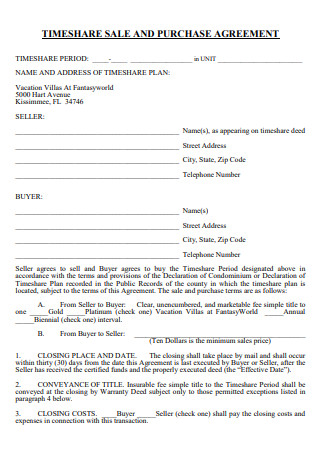
Time Share Sale and Purchase Agreement
download now -
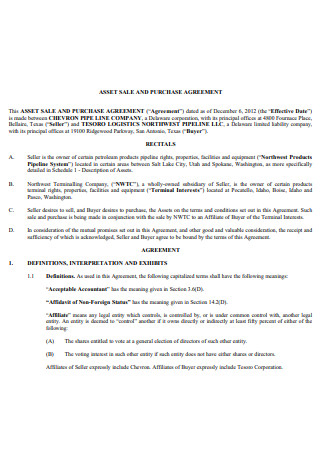
Asset Sale and Purchase Agreement Template
download now -
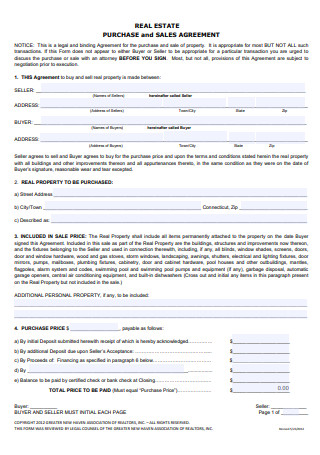
Real Estate Sale and Purchase Agreement
download now -
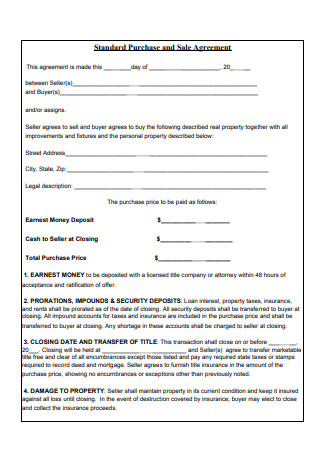
Standard Sale and Purchase Agreement
download now -
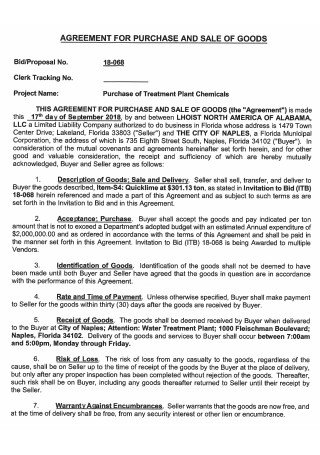
Goods Sale and Purchase Agreement
download now -
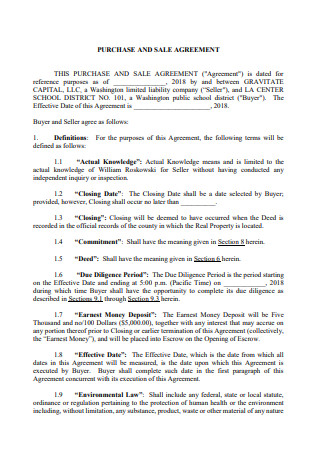
Sale and Purchase Agreement in PDF
download now -
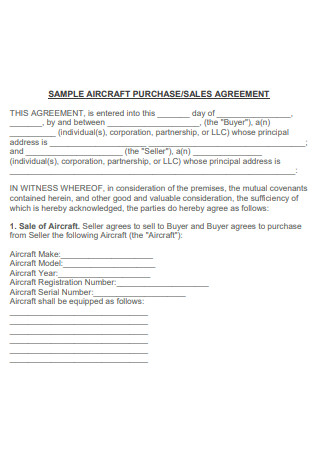
Sample Aircraft Sale and Purchase Agreement
download now -
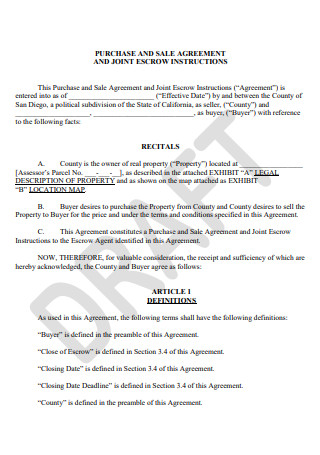
Draft Sale and Purchase Agreement
download now -

Master Coal Sale and Purchase Agreement
download now -
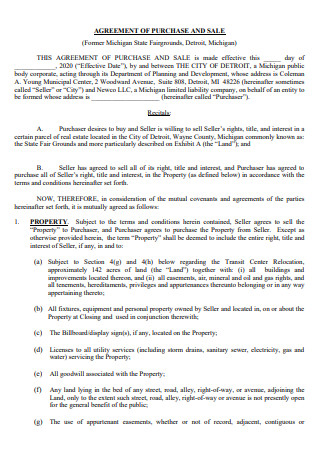
Formal Sale and Purchase Agreement
download now -
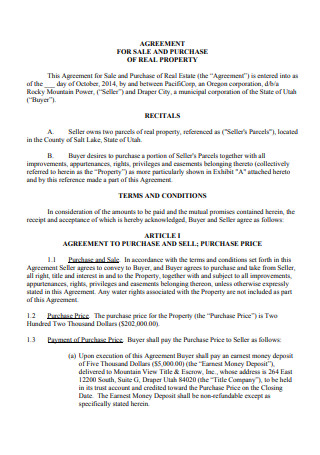
Real Property Sale and Purchase Agreement
download now -
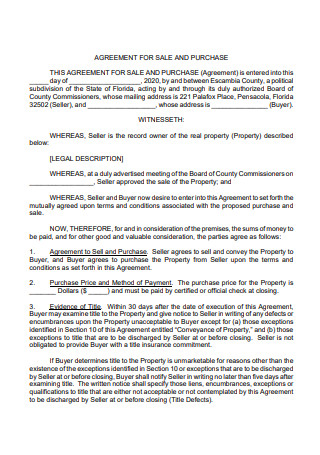
Printable Sale and Purchase Agreement
download now -
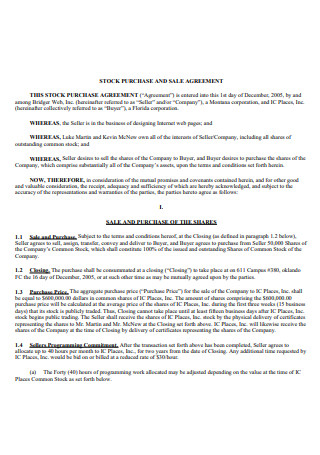
Stock Sale and Purchase Agreement Template
download now -
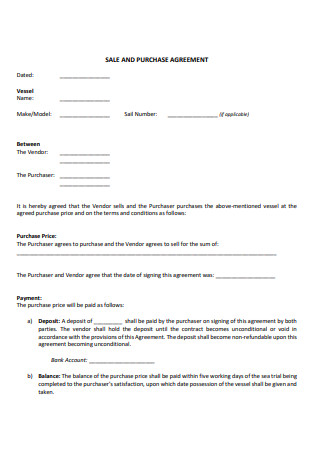
Basic Sale and Purchase Agreement
download now -

Gas Sale and Purchase Agreement
download now -
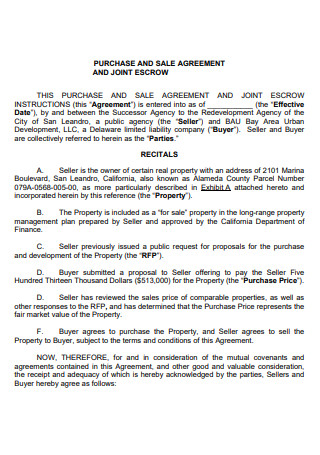
Sale and Purchase Agreement Example
download now -

Horse Sale and Purchase Agreement
download now -
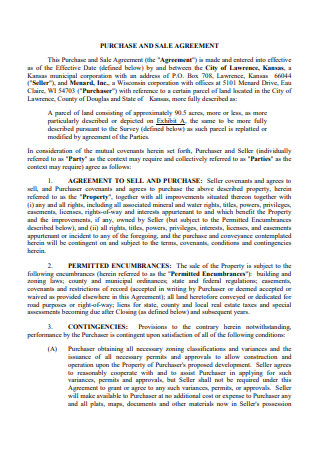
Simple Sale and Purchase Agreement
download now -
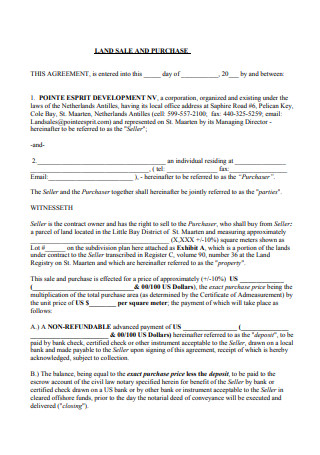
Land Sale and Purchase Agreement
download now -
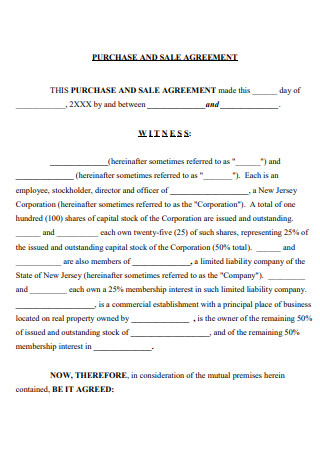
Sale and Purchase Agreement Format
download now -
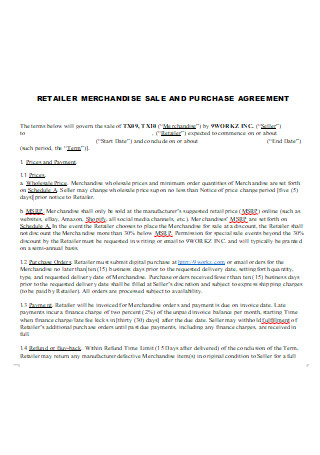
Retailer Merchandise Sale and Purchase Agreement
download now -
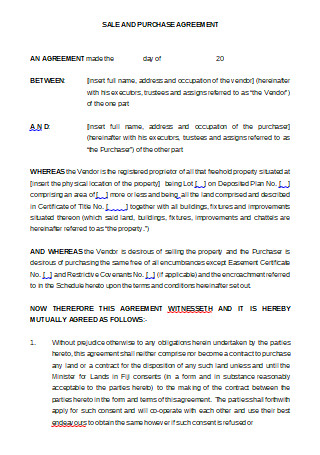
Sale and Purchase Agreement in DOC
download now -
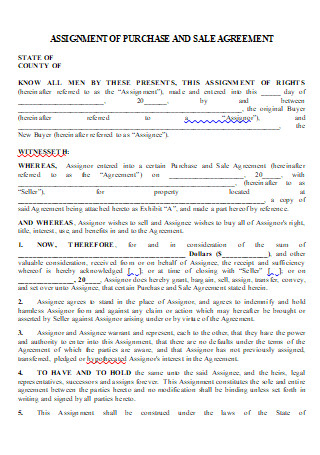
Assignment of Sale and Purchase Agreement Template
download now -
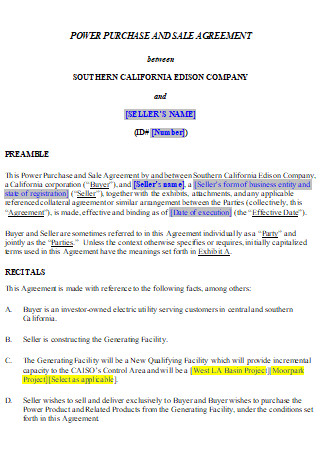
Power Sale and Purchase Agreement
download now -

Sale and Purchase Contract Agreement
download now
FREE Sale and Purchase Agreement s to Download
24+ Sample Sale and Purchase Agreement
What Is a Sale and Purchase Agreement?
Components of a Sale and Purchase Agreement
How to Draft a Purchase and Sale Agreement
FAQs
How does a sale and purchase agreement work?
What are the types of sale and purchase agreements?
How do sale and purchase agreements differ from a bill of sale?
What Is a Sale and Purchase Agreement?
A sale and purchase agreement (SPA) is a legally binding contract that engages two parties that obligate a transaction between a buyer and a seller. The document is typically possible for matters regarding real estate; however, these contracts are present in all forms and business areas. The SPA serves as a framework for the negotiation process of the buyer and seller. Aside from real estate deals, it also applies when purchasing large products or quantities, including equipment and vehicle sales. The sale and purchase agreement finalizes the terms and conditions of the acquisition. It is also the conclusion of discussions between the buyer and the seller. The PSA also states the final sales prices of the real estate property within the document. It is also important to realize that these types of agreements are necessary for acquiring another business.
According to the release of the United States Census Bureau and the United States Department of Housing and Urban development issued on June 23, 2021, about the monthly new residential sales for May 2021, the seasonal adjusted annual rate of single-family houses estimates at 769,000 with the median sales price of 374,000 US dollars while the average sales price was 430,000 US dollars.
Components of a Sale and Purchase Agreement
The visible sections of the sale and purchase agreements depend on some provisions of each state. However, it is one of the most necessary documents when it comes to a business owner. In this sense, it is appropriate to have a careful and rigorous process with a legal attorney or expert guiding both parties along the way. To make things easier, take note of the essential components of a purchase and sale agreement below.
How to Draft a Purchase and Sale Agreement
Creating a purchase and sale agreement must be well-written and comprehensive. It must identify the essential components as well as make them coherent and easily understandable. To help you in drafting the document, here are helpful steps to compose a purchase and sale agreement.
Step 1: Start With the Basics of the Deal
Indicate the basics of the deal, the parties, and the details of the property. List the full names of the buyer and seller and the complete address of the business. The agreement must also contain all items in the sale, including fixtures, furniture, and other equipment. The idea is to include all necessary objects and information that makes for a clear explanation of the exact details in purchasing.
Step 2: Indicate Essential Prices, Dates, and Fees
The SPA must include the price of the business, including the date of the turnover and the person paying for the legal fees. Along with the purchase price, it must state the payment terms that specify when the buyer pays and in what increments. The date of sale must list the final date of closing for the buyer and seller and the following fees. It must also include which of the two parties pays for associated payments and what they are for.
Step 3: Identify Agreements and Obligations
Non-solicitation and non-compete agreements must reflect in the agreement. These clauses serve a vital role in the relationship between the buyer and seller. It restricts the seller from competing with the seller’s business of a similar nature and recruiting employees from the buyer’s property. The seller must also state the transfer of all legal paperwork to the buyer at a given date for a seamless transition.
Step 4: List Down Possible Contingencies
Identify potential loopholes and limitations that permit the termination of the agreement. If one party or the other does not satisfy their obligations, there must be a penalty they must serve. Any rules of these punishments must be clear and impartial to the seller and the buyer.
Step 5: Detail the Staff
The staff must have a continuing contract that states their services remain lasting even if there is a business transfer. The names of the staff members must reflect on the agreement along with the specifics of their compensation and an explanation of who shoulders to pay for the wages once a transfer is complete. Meanwhile, the staff that does not wish to continue employment must be on a list along with a termination date.
Step 6: Prove the Ability to Sell or Purchase
The seller must present evidence that they have the right to sell the property and a statement containing the intention of sale. On the other hand, the buyer must list any assets or financial means to guarantee they can cover all expenses. If either party has any unsettled debts or financial obligations, there is a possibility that the agreement cannot push forward. Guarantee that there is a fulfillment of all unpaid fees before engaging in the sale and purchase agreement.
FAQs
How does a sale and purchase agreement work?
The SPA is different from a sales agreement or a purchase agreement. Rather than completing a given transaction, it facilitates the sale by providing clear guidelines for each party’s responsibilities. Signing the contract does not guarantee the selling or buying of a property. Instead, it determines how the parties handle title searches and transferability, inspections, negotiations, financing and loan documentation, money transfers, closing, and associated costs. The documentation is critical as it provides a basis for the property’s sale and demonstrates the willingness and effort of both parties to engage in the agreement with knowing the financial consequences.
What are the types of sale and purchase agreements?
There are two commonly used sale and purchase agreements, and they are house and car agreements. Essentially, the two share many similar components and some vital differences. For house sale and purchase, it addresses specific needs and provisions of the deal. Namely, it considers escrow agreements, closing and uses real estate terminology throughout. On the other hand, the car sale and purchase agreement describes concerns related to the transfer of ownership. They are also shorter and contain fewer terms and conditions in comparison to the house SPAs.
How do sale and purchase agreements differ from a bill of sale?
A sale and purchase agreement details the terms and conditions of selling or buying a property that both parties agree to. Meanwhile, a bill of sale is a document that serves as evidence where the transfer of property ownership is official from the seller to the buyer. That means the bill of sale only occurs once a final transaction has been made.
There are plenty of ways that a buyer and seller can settle on terms regarding property purchase. However, there are methods wherein legal boundaries, provisions, and other conditions are necessary for a clear and smooth transaction between the parties. It is why sale and purchase agreements are essential when it comes to real estate transactions. It details all descriptions and explanations thoroughly and comprehensively to assure the parties of each other’s capability to commit to the purchase. In the words of Amit Kalantri, “Preparation doesn’t assure victory, it assures confidence.”. Prepare to engage in purchasing property through using the sale and purchase agreement samples above, ready for download and use.
